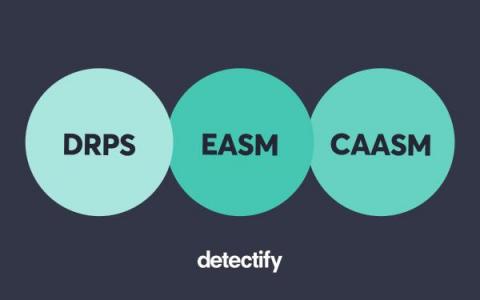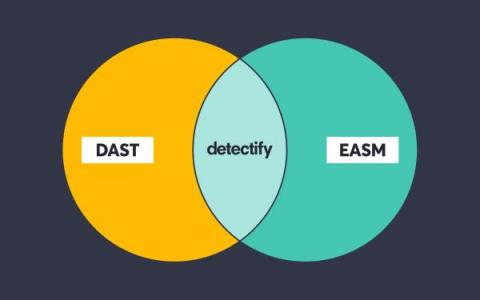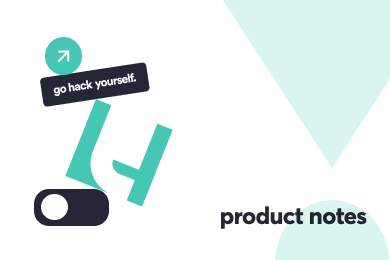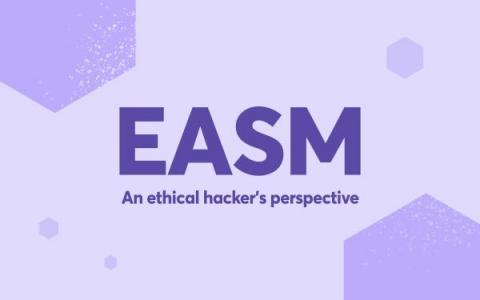Here's how EASM is filling the gaps missed by AppSec testing solutions
We recently explored why developers have begun to ship more frequently to production, as well the relationship between more frequent releases and AppSec teams more effectively prioritizing and remediating threats. To further understand how AppSec teams evaluate tooling, we’ve recorded a collection of common questions that we’ve observed teams asking themselves.











